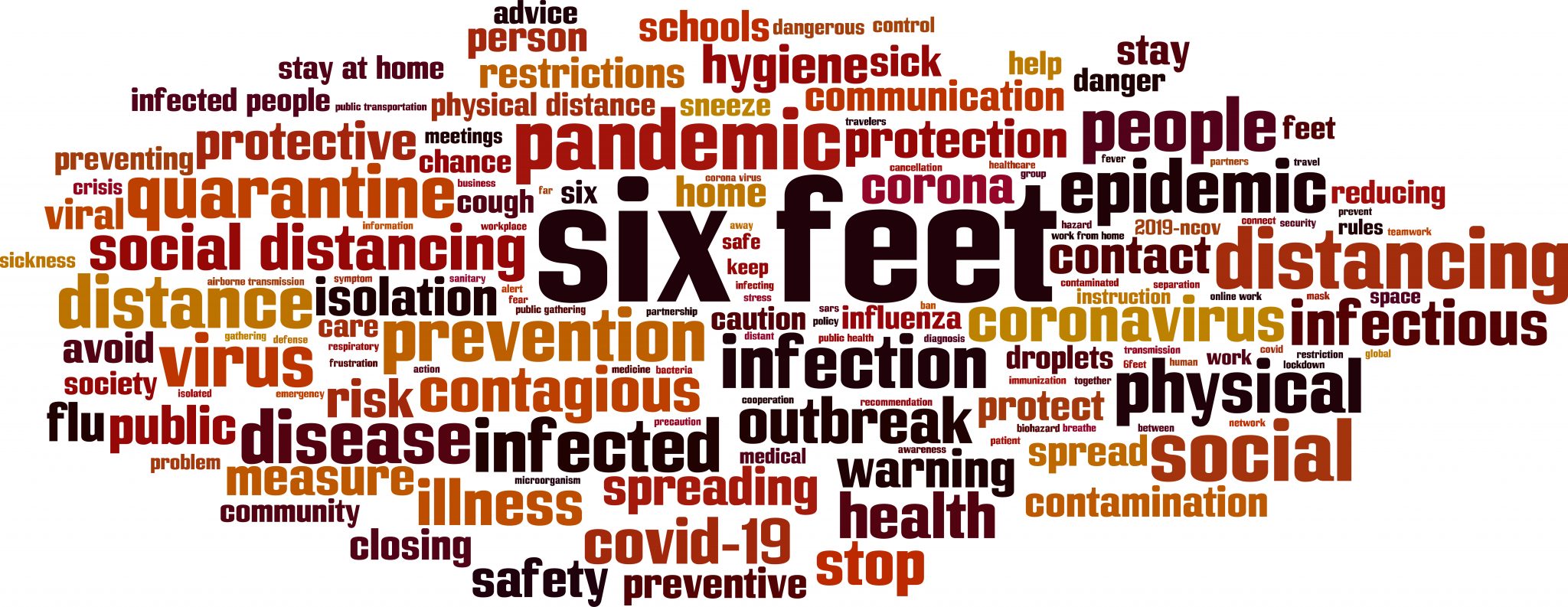Photography Provided
2020 has introduced many new elements into the world that have changed people’s lives globally. Amidst the continuous changes to daily life, it can be easy to forget the normal, annual routines we have grown accustomed to – one of which is preparing for flu season.
As we reach fall and winter during the COVID-19 pandemic, it is expected that the viruses that cause the flu and COVID-19 will both spread more than usual, making it important to take proper precautions this year throughout flu season. According to the Centers for Disease Control and Prevention (CDC), it is possible to have the flu and COVID-19 at the same time. The following steps can help you prepare for flu season, and protect yourself and others.
1. Get your flu vaccination at the right time:
One of the most effective means of preventing the flu is to receive a flu vaccination at the right time. The CDC recommends making plans to get vaccinated early in the fall before flu season begins, to give antibodies enough time to become effective. This allows for your body to be protected and ready before the virus begins spreading. However, if that time frame is not possible, individuals should strive to receive their flu vaccine by the end of October.
According to the Indiana State Department of Health’s monthly surveillance data, as of May 2020, Indiana has experienced 132 influenza related deaths this season, with 41 outbreaks in long-term care facilities. This makes getting a flu vaccine during 2020-2021 more important than ever. While the flu vaccine will not protect against COVID-19, there are many important benefits to receiving one, such as reducing the risk of flu illness, hospitalization and death, while also saving health care resources for COVID-19 patients.
Flu vaccinations can be received from many locations, and knowing where to get one can make a difference in receiving one at the ideal time. They can typically be received from one’s primary care physician and employer. However, those who do not have those options can typically receive a vaccination from their local health department. To find specific information on local vaccination clinics, VaccineFinder.org is a great CDC-recommended tool that will show nearby vaccination clinics and what types of vaccinations can be obtained at those locations.
2. Recognize symptoms and respond accordingly:
Symptoms of the flu and COVID-19 both include fever, cough, sore throat, runny or stuffy nose, body aches, headache, chills and/or fatigue. Emergency warning signs include shortness of breath, difficulty breathing, severe muscle pain, seizures and others. Should you experience these symptoms, it is best to contact your primary care physician immediately.
3. Understand how the flu and COVID-19 spread, and take action to protect yourself:
Another great way to prepare for this year’s flu season is to understand how the flu and COVID-19 spread, and take action to reduce the risk of being exposed. COVID-19 and the flu are both viruses that are spread through respiratory droplets produced when a person coughs, sneezes, breathes or talks. Infected droplets that are expelled through someone’s mouth are often breathed in by another person, thus exposing them to the virus. One of the best methods to protect yourself this flu season from both the flu and COVID-19 is to avoid exposure to the viruses. The best way to do this is by practicing everyday preventive measures and by properly social distancing.
What are preventive measures?
Everyday preventive measures include washing your hands with warm water for 20 seconds – especially after visiting public spaces, blowing your nose and caring for someone sick, and also before eating, preparing food or touching your face. If you are not able to wash your hands properly in a certain setting, the CDC recommends the use of hand sanitizer with at least 60% alcohol. It is also important to clean and disinfect frequently touched surfaces daily, to kill any bacteria that might be lurking on them.
What is social distancing?
Social distancing is the act of putting 6 feet of distance between oneself and others, particularly those who do not live in the same household. This distance serves as a means of protection against infected respiratory droplets that might be expelled from someone’s mouth. In addition, the CDC and the Indiana State Department of Health heavily recommend the use of facial coverings or masks when in public spaces. The mask is meant to protect other people in case you are infected.
By following these steps, we can all do our part to keep our communities and families safe and healthy this flu season. For any questions regarding flu vaccinations, COVID-19 information, or other relevant information, contact the Hendricks County Health Department at 317-745-9618.





